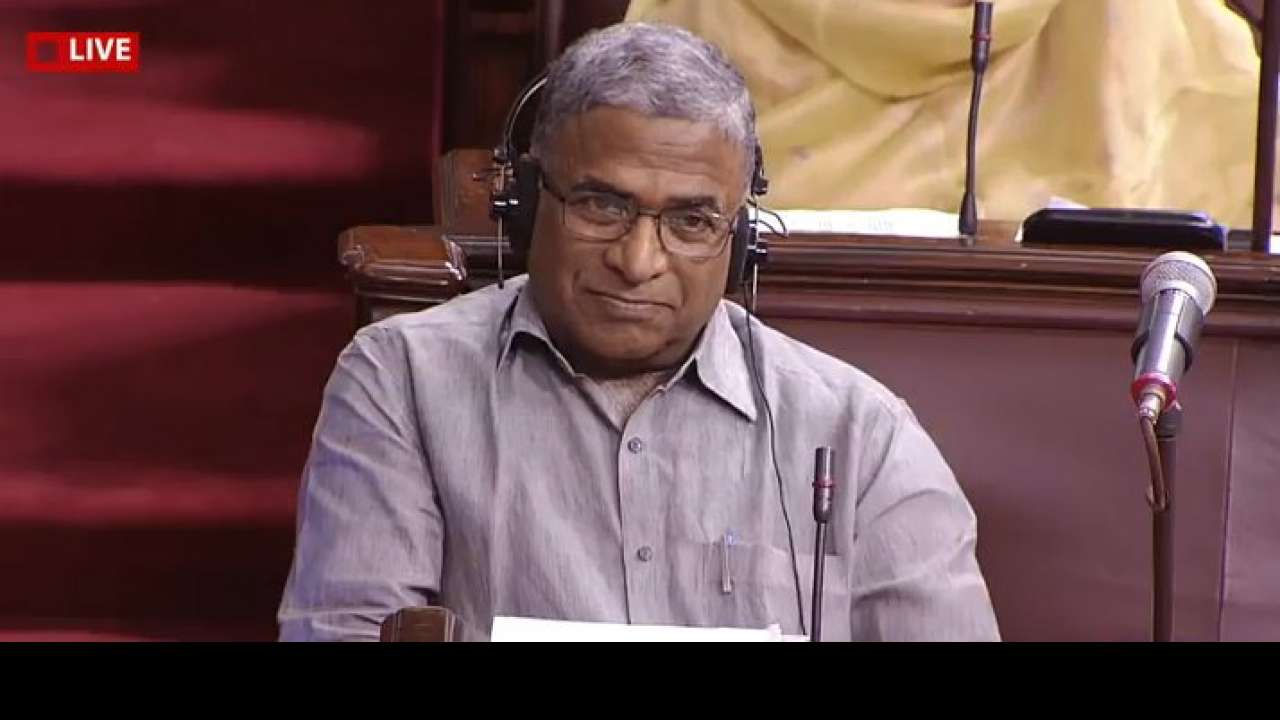No Confidence Resolution in Rajya Sabha: Constitutional Provisions, voice vote, Deputy Chairman of Rajya Sabha
On September 21, 2020, 12 opposition parties moved No-confidence resolution against the Deputy Chairman of Rajya Sabha. The resolution was moved over the passage of the controversial farm bills by voice vote.
What is Voice Vote?
The speaker or the chairman of the house asks the house to put forward their opinion in the form of yes and noes. Based on which side was louder roughly, the passage of motion is decided. Though the vote process of inaccurate, it is quick.
What did the resolution say?
According to the resolution moved by the opposition, the Deputy Chairman of the upper house has violated the law, parliamentary procedure and practices of the house. He did not allow the house to discuss the farm bills. He also did not allow the members of Rajya Sabha speak.
How is “No confidence Resolution” of Rajya Sabha different from Lok Sabha?
The No Confidence Motion being passed in Lok Sabha against the speaker may lead to resignation or dissolution of Council of Ministers. This is in reference to Rule 198 of Lok Sabha Rules. These rules are not mentioned in the constitution. However, they are being followed in every day proceedings of the house.
Earlier, such resolutions were moved against Lok Sabha Speaker G V Mavalankar in 1951 and also against Speaker Sardar Hukam Singh in 1966 and against Speaker Balram Jakhar in 1987. All these resolutions were negated.
Article 75 of the constitution says that the council of ministers are collectively responsible to the lower house, also called the House of the People.
Deputy Chairman
The Article 90 speaks about vacation of office of the Deputy Chairman of Rajya Sabha. He shall vacate his office under the following
- When he is no more a member of Rajya Sabha
- If he resigns addressing to the Chairman
- If he is removed through a resolution passed by the majority members of the Rajya Sabha.
Month: Current Affairs - September, 2020


